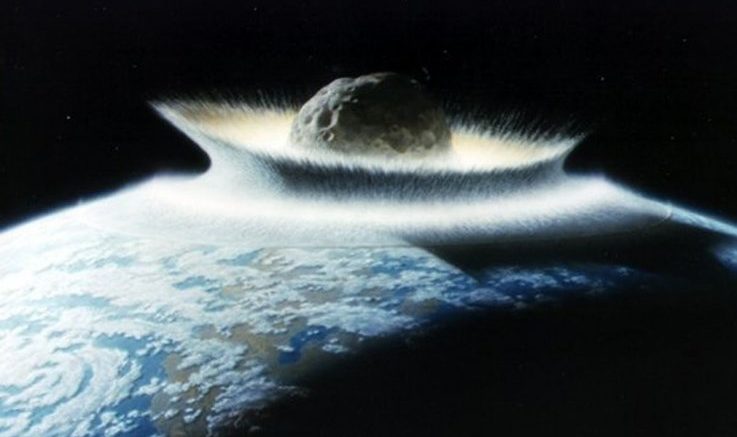As of 2017, the Earth Impact Database or EID contains 190 confirmed craters. There have been no recent updates to the database in the past few years. In this article, we will delve into the most well known impact crater events. They can be well known because of them causing a mass extinction event or cementing themselves in mythology.
The Kaali impacts from around 2000 BC, which occurred during the Nordic Bronze Age may have influenced Estonian and Finnish mythology. Archaeologists have found evidence of ritual sacrifice at the crater’s location and evidence that the area was considered sacred. Finnish mythology has stories that may originate with the formation of Kaali, which had elements including darkness and wizards and flaming balls from the sky.
The Campo del Cielo impact from around 2000 BC could be in the legends of some Native American tribes that describe the impact as the source of the fable of iron or field of heaven/sky, the meteor was used for iron weapons. In addition, there is the Henbury (c. 2200 BC) has figured in Australian Aboriginal oral traditions. The Henbury crater field lies at the crossroads of several Aboriginal language groups, including Arrernte, Luritja, Pitjantjatjarra, and Yankunytjatjara. It is considered a sacred site to the Arrernte people and would have formed during human habitation of the area.
2 craters have been linked to two extinction events, with the first being Chicxulub, which is buried underneath the Yucatán Peninsula in Mexico. Formed slightly over 66 million years ago when a large asteroid, about 6 miles in diameter, struck Earth. It is the second largest confirmed impact structure on Earth, and the only one whose peak ring is intact and directly accessible for scientific research. It is believe to be the cause of the Cretaceous–Paleogene extinction event, a mass extinction of 75% of plant and animal species on Earth, including all non-avian dinosaurs.
The second is the Popigai impact which was responsible for the Eocene–Oligocene extinction event. It was a large bolide impact created the 62 mile diameter crater approximately 35 million years ago during the late Eocene epoch.
Let us know if we missed any information or have suggestions to add. Make sure to follow us on Twitter and Instagram, and make sure to view 2024 Solar Eclipse resources as well for more content like this!

Be the first to comment on "Top 5 Well Known Impact Crater Events"